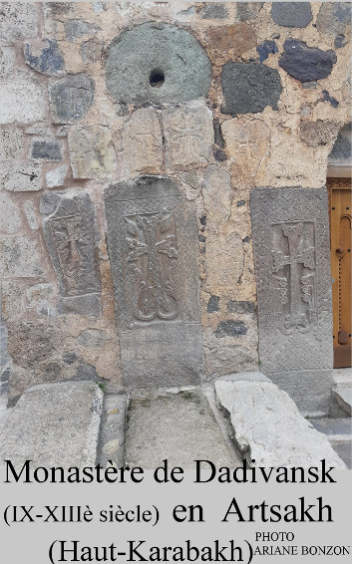Earlier this week,a Group of Experts appointed by NATO Secretary General Anders Fogh Rasmussen and headed by former U.S. Secretary of State Madeleine Albright presented their report on what a new alliance strategic concept should look like to the North Atlantic Council in Brussels. The group had been tasked to lay the groundwork for a new strategic doctrineat a time when the alliance appears more divided and fragile than at any time in recent memory.
The report describes the alliance as “as an essential source of stability in an uncertain and unpredictable World” in which the alliance will be tested by new dangers and complex operations in an era where rapid responses are vital, versatility critical, and resources tight. While the report covers much ground and offers a wide spectrum of new proposals and analysis, its key focusis on offering compromise formulas to bridge the gap on three key divisions in alliance ranks.
Russia is the first of these. The report tries to reassure those allies who are nervous about the credibility of Article 5 in the face of Russian political and military intimidation while also accommodating others who want a robust outreach to Moscow. The group strongly affirms the centrality of Article 5 of the 1949 Washington Treaty, which promises that the alliance will defend a member state whose territory is under attack. Yet it also reaches into the alliance’s own history and the 1967 Harmel Report, which called for a dual track approach to overcome an earlier political split in the alliance on how to deal with the Soviet Union. Using a similar approach, the Group of Experts calls for a strategy that today would couple strategic reassurance for Central and Eastern Europe with a policy of reengagement with Moscow. That means finally making good on an early unfulfilled promise to new member states, and taking prudent military steps to reassure them, like contingency planning, exercises, and defense infrastructure—in the hope that this will allow the alliance to generate a more solid consensus for engaging Moscow as well.
Those measures would also be integrated into a modernized crisis management system that enhances NATO’s ability to identify, assess, and respond to new crises beyond its borders more generally. The second area where the report identifies new ground for an alliance compromise is the balance between home and away missions. The alliance is divided over whether an expeditionary mission like Afghanistan should be viewed as a one-time event or as a key part of the alliance’s future operations. The report seeks to address this question in several ways. It notes that an Article 5 threat to the territorial integrity of a member state can emanate from inside or outside of Europe—and thus an expeditionary mission can be a response to an Article 5 threat. It also notes the importance of global lifelines of trade and energy that sustain modern societies and North Atlantic security. Such language suggests that NATO will continue to be active beyond the continent. However, the report also suggests guidelines for when expeditionary missions should be undertaken—implying that NATO will be selective in engaging in such missions. The report emphasizes that NATO is a regional rather than a global institution ; and it stresses that the decision to undertake a military mission requires an imminent danger to alliance members, as well the willingness and ability of NATO members and their publics to support the missions and provide the resources required. The message is clear : expeditionary missions are part of NATO’s future but they will be undertaken very selectively and only when NATO feels it has both the support and the resources to succeed.
Finally, the experts’ report calls on NATO to upgrade the alliance’s partnershipswith non-member countries and declares these relationships to be a core task in the next strategic concept. Whereas earlier partnerships focused on preparing candidates for membership, or on generating troop contributions for NATO missions, this report calls for upgrading NATO’s partnerships with institutions like the EU, with the OSCE and the UN, and with key countries such as Russia. It also lays out new ways in which partnerships can and should become less Europe-centric and tied to membership and more of a two-way street that recognizes not just the needs of NATO, but also those of the interests and needs of partners such that partnerships can be tailored to the specific needs of individual countries. At the same time, the report avoids suggesting that NATO is or should go global or becoming a "Globo-cop.”
Thew views presented by the Group of Experts are of course just that—ideas and suggestions. It is now up to the NATO Secretary General and the North Atlantic Council to take them and to turn them into solid compromises in the final version of the strategic concept that would allow the alliance to move beyond these past divisions. Should it do so, this report will have helped NATO make real progress in overcoming some key internal divisions.

